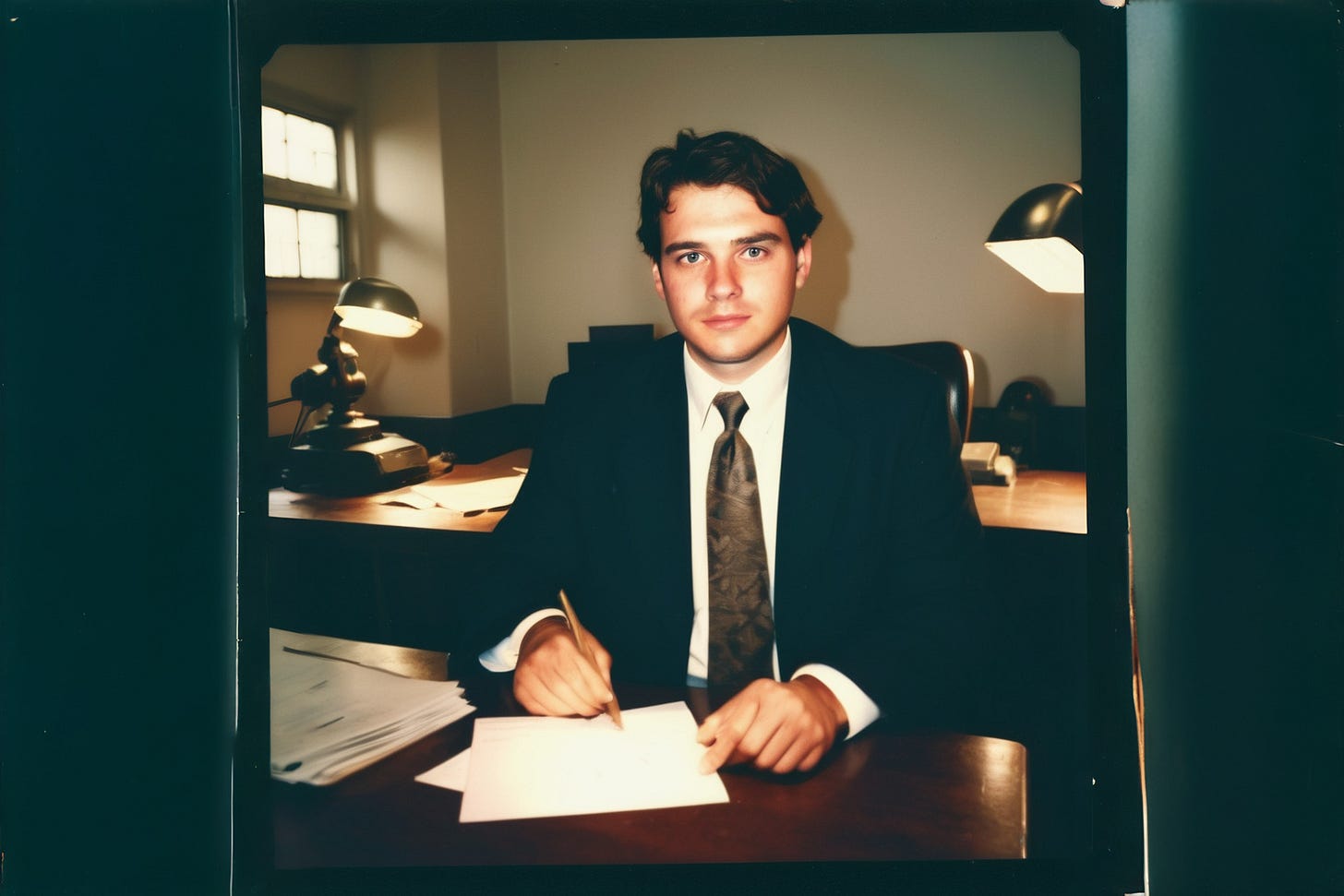Economist and writer
is known for his sharp analysis on a range of economic, technological, and societal issues. I’ve been working recently on guiding law firms toward AI as a tool for business model innovation rather than automation, and Smith makes this point broadly, for the economy as a whole.In his most recent article, “What if everyone is wrong about what AI does?”, Smith critiques the prevalent assumption that AI is primarily a direct substitute for human labor, inevitably leading to large-scale job replacement. He argues that this perspective overlooks AI’s potential to catalyze entirely new types of work, and compares AI to previous transformative technologies, such as electricity and computers, which ultimately required firms to restructure their operations rather than merely substituting new technology for old.
Early adopters of electricity in factories initially attempted to replace steam engines with electric motors directly, only to realize minimal gains. True productivity improvements came decades afterward when factory owners redesigned their entire workflows around electricity, introducing independent workstations and more flexible production lines.
Smith describes the similar shift necessary with AI. Rather than viewing it as a tool for simply substituting human tasks, all industries, including law firms, need to explore ways to completely reorganize their operations and delivery, capitalizing on AI’s unique strengths, whatever those strengths turn out to be. In other words, AI adoption is not a software upgrade to push on the IT department. It’s a process of discovering what can be done with this new electricity.
And we’re at an early stage. This shift took decades for factories in the face of electricity, and we’re nowhere close to a consensus on the best uses of AI in the legal industry. So, the very best use of AI now is broad experimentation at the individual level and development of a culture of sharing innovations within and between firms. We need to find the moves analogous to the decentralization of electrified factory floors.
Read all of Smith’s article: What if everyone is wrong about what AI does?
Discovered a new operational structure in your use of AI as a lawyer? Let me know!




